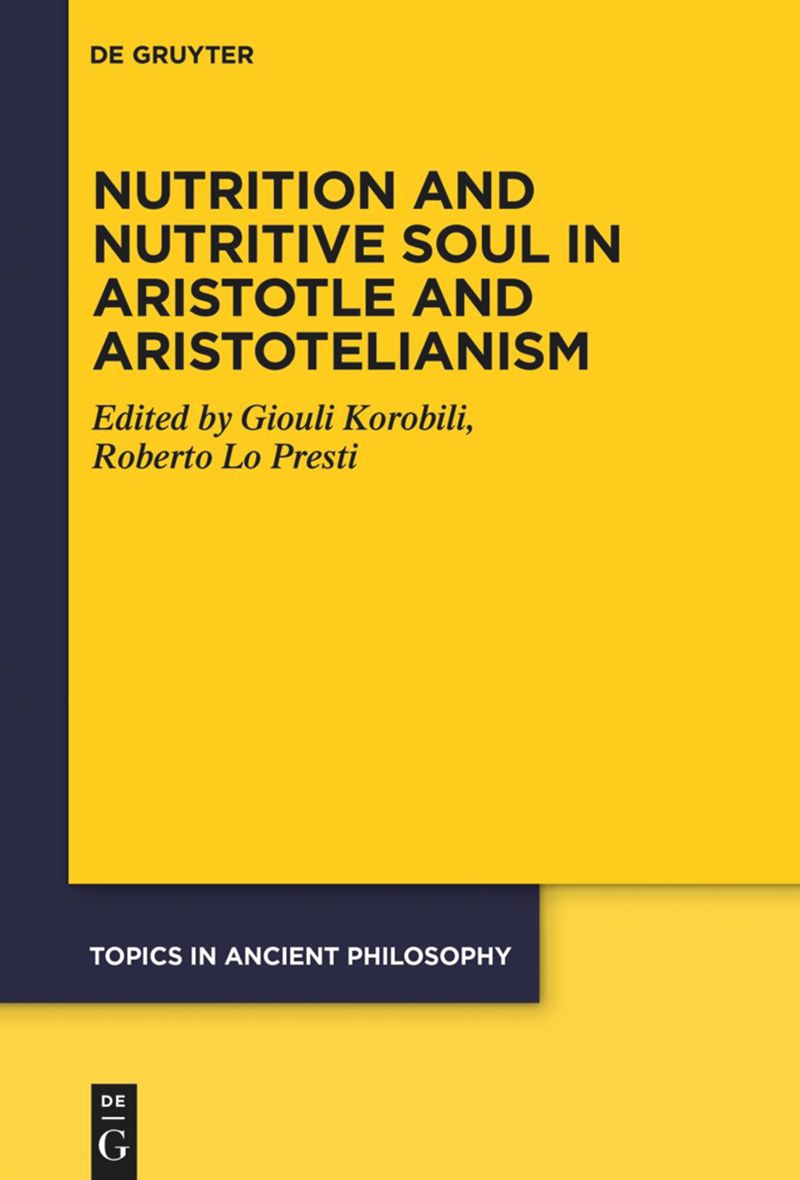
Christoph Sander examines the history of the relationship between the concept of magnetism and that of nutrition from antiquity to the Renaissance. He contrasts two models to explain the way in which food is brought to the nutritive organs: on the one hand, the Galenic model of specific attraction, according to which the organs attract the fluids they specifically need and which are found in the food that has been consumed; on the other hand, the model invoked by Alexander of Aphrodisias, according to which animals detect the food they need by perception and move to seize it. These two forms of attraction, internal and external, have been compared to magnetism. Christoph Sander follows the history of these points of contact between nutrition and magnetism. He begins by recalling the way in which Galen was able to conceive of nutrition in terms of attraction, before examining the criticisms that Alexander and Averroes opposed to Galen on this point, and then the way in which the arguments of these three thinkers were used by the Renaissance, notably Gabriele Fallopio, Bartolomeo Eustachi, Ioannes Baptista Montanus, Julius Caesar Scaliger and Fortunio Liceti. The author finally looks at the way in which Paracelsus and other authors in the alchemical tradition conceived of magnetism itself as a form of nutrition.
A. M.
Christoph Sander étudie l’histoire des rapports entre le concept de magnétisme et celui de nutrition de l’antiquité à la renaissance. Il oppose deux modèles expliquant la manière dont se fait la mise en relation de l’aliment avec les organes nutritifs : le modèle galènique de l’attraction spécifique, selon lequel les organes attirent les fluides dont ils ont spécifiquement besoin et qui se trouvent dans l’aliment qui a été consommé ; le modèle invoqué par Alexandre d’Aphrodise selon lequel les animaux détectent par la perception l’aliment dont ils ont besoin et se déplacent pour s’en saisir. Or ces deux formes d’attraction, interne et externe, ont pu être comparées au magnétisme. Christoph Sander suit l’histoire de ces points de contact entre nutrition et magnétisme. Il commence par rappeler la manière dont Galien avait pu concevoir la nutrition en termes d’attraction, avant d’examiner les critiques qu’Alexandre et Averroès ont adressé à Galien sur ce point, puis la manière dont les arguments de ces trois penseurs ont été utilisés par les renaissants, notamment Gabriele Fallopio, Bartolomeo Eustachi, Ioannes Baptista Montanus, Julius Caesar Scaliger et Fortunio Liceti. Il s’intéresse ensuite à la manière dont Paracelse et d’autres auteurs relevant de la tradition alchimique ont conçu le magnétisme lui-même comme une forme de nutrition.
A. M.